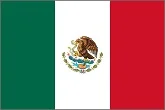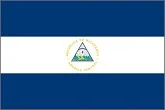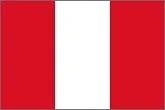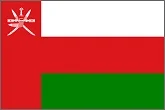Индекс бигмака, % | Страны - Официальные данные
List
Visualization
?
Big Mac index was invented by The Economist in 1986 as a lighthearted guide to whether currencies are at their “correct” level. It is based on the theory of purchasing-power parity (PPP), the notion that in the long run exchange rates should move towards the rate that would equalise the prices of an identical basket of goods and services (in this case, a burger) in any two countries. For example, the average price of a Big Mac in America in January 2018 was $5.28; in China it was only $3.17 at market exchange rates. So the "raw" Big Mac index says that the yuan was undervalued by 40% at that time.
Average: -23,44 %
Countries: 54
?
Big Mac index was invented by The Economist in 1986 as a lighthearted guide to whether currencies are at their “correct” level. It is based on the theory of purchasing-power parity (PPP), the notion that in the long run exchange rates should move towards the rate that would equalise the prices of an identical basket of goods and services (in this case, a burger) in any two countries. For example, the average price of a Big Mac in America in January 2018 was $5.28; in China it was only $3.17 at market exchange rates. So the "raw" Big Mac index says that the yuan was undervalued by 40% at that time.
(-) - the currency is undervalued (according to the theory of purchasing power parity) and (+) - vice versa
Basic data
Change
from
to
Flag
%
Euro area
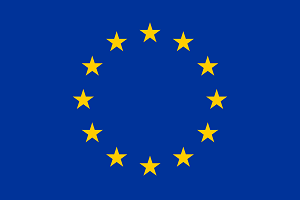
3,116
4
Column
Bubbles
Racechart












